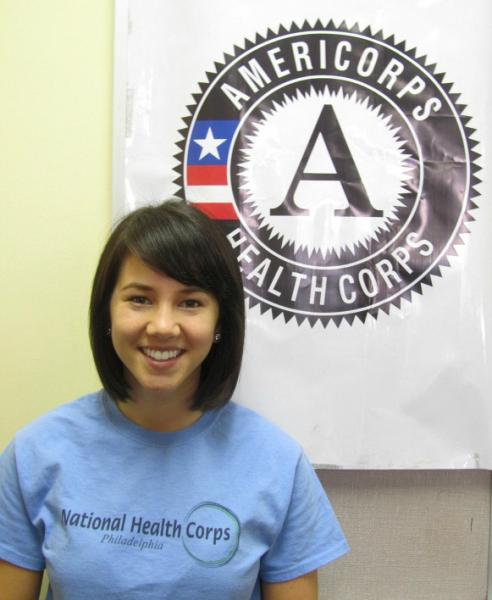A few Sundays ago it was my perfect running weather—that early November air that stings the lungs in a way many people hate. But I was excited that the temperature had finally dropped enough for me to make use of my running tights, so I set out towards the Schuylkill.
As I ran down the Schuylkill Banks Boardwalk, Philadelphia’s “floating” path along the Schuylkill River, I noticed that I was a mere one of many taking advantage of the city’s newest addition. Runners, walkers, and cyclists all moved in rhythm up and down the boardwalk, each at their own pace, but together nonetheless. I thought about the other opportunities Philly offers for people to get active. Parks are well-manicured and plentiful. Running trails and gyms are scattered throughout Center City. The infamous steps of the Art Museum are rarely free of die-hards completing stair workouts. Just recently, the Philadelphia Marathon drew more than 30,000 runners to the city of “Brotherly Run and Sisterly Endurance.”

It’s the perfect city for Philadelphia Health Corps (PHC). We are all passionately invested in improving the health of those around us, and we’re also dedicated to maintaining healthy lifestyles for ourselves. Immersing myself into a new city was a little daunting at first, but I have felt so supported in my attempts to remain active and healthy, both physically and mentally. I go to spin class each week with other PHC members, and we unwind from our challenges at service by pedaling harder and harder as the music picks up. I recently tried out a hip-hop dance class—somewhat of a disaster involving a lot of wrong turns and near collisions—but it was an incredible workout and great way to end a long day.
As I’ve felt such gratitude for my PHC support system and reflected on my fortune, it has also made me think about the people I’ve seen in this very same city who aren’t as lucky. As an Insurance Specialist at Health Center #10, I make the trek out to Northeast Philly each day. With major roads like Roosevelt Boulevard and Cottman Avenue occupying a large portion of that part of the city, I’ve never seen people running outside. Along the commute to my health center, I’ve never seen a gym either. A lot of my patients work well over the typical 40 hours a week to support their families, and they tell me of their struggles to pay bills and rent. They must face the difficult choice of how to use the limited resources they have, and the comments I’ve heard regarding the decision to put food on the table instead of purchasing insurance coverage makes me think that workout gear and spin classes probably aren’t part of the picture.
All too often we hear that people need to be more active—that their health is poor because they don’t exercise enough. Activity and a support system to help keep us active are things that many of us probably take for granted. I know I did. Even a short three months serving in Philadelphia has shown me that. Spending time in a place much different from my small, sheltered hometown has made me more aware of the challenges people face in attempting to access seemingly simple things like exercise. We talk a lot about our patients’ access to care in theory but very little about what this access actually entails in practice. As future healthcare professionals, many of us hopeful physicians, keeping these issues in mind is crucial as we attempt to provide real solutions to the people for which we care. Only when we remain in tune with the realities of our patients and practice creativity in overcoming their challenges can we truly be effective.

This post was written by PHC member Melissa Danko.
Melissa serves as an Insurance Specialist with the Philadelphia Department of Public Health at Health Center #10.
